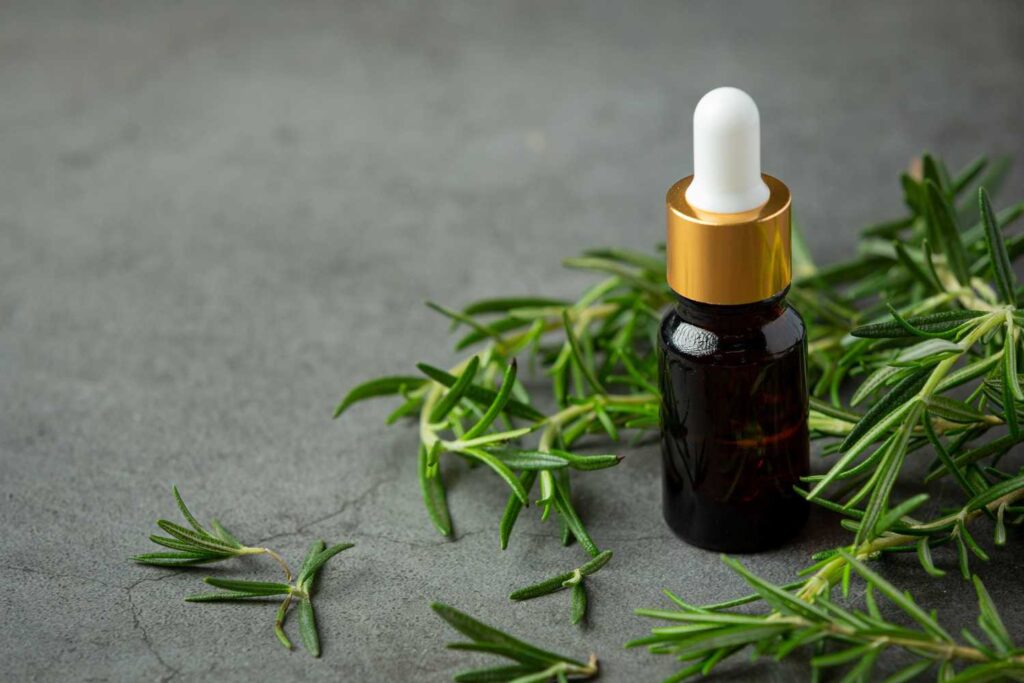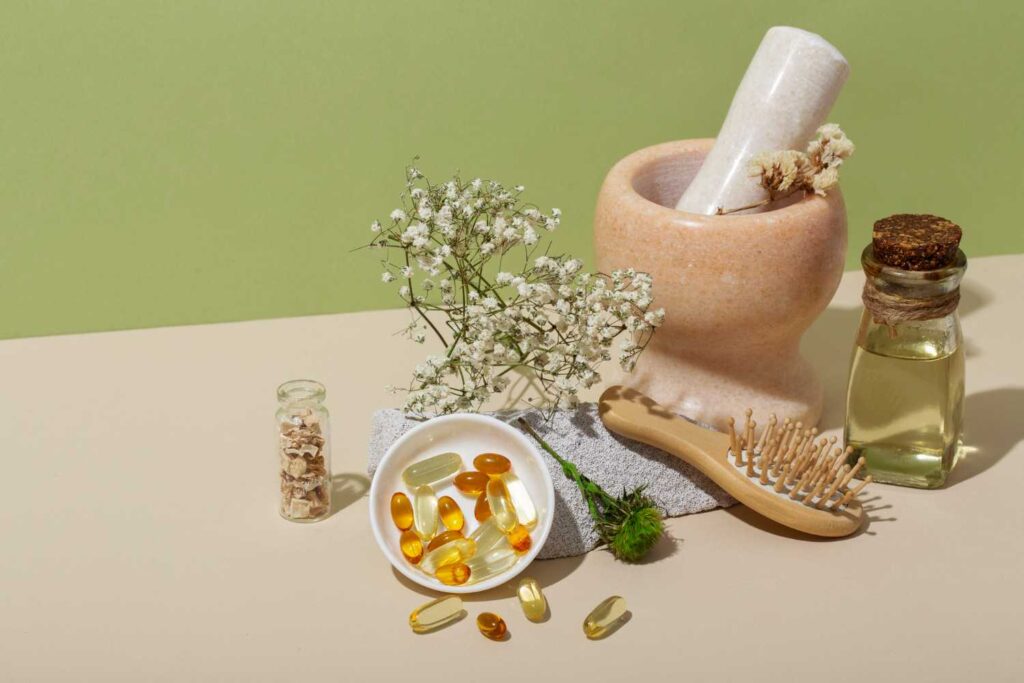A migraine is like a storm in your brain. When it starts, blood vessels change size and nerve cells fire rapidly, causing pain and other symptoms. Think of your brain as a sensitive alarm system – certain things can set it off. These triggers are different for everyone, but common ones include skipping meals, not drinking enough water, getting too little or too much sleep, and stress. Some foods can also start a migraine, like aged cheese or processed meats. Understanding your personal triggers is like having a weather forecast for your head – it helps you prevent storms before they start. By avoiding your triggers, you can have fewer and less severe migraines.
Hydration and Nutrition
Water is your brain’s best friend when it comes to preventing migraines. Not drinking enough can trigger headaches because your brain actually shrinks slightly when you’re dehydrated, pulling away from your skull. Aim to drink water throughout the day, not just when you’re thirsty. While plain water is best, some other good choices include herbal teas (like chamomile or peppermint) and drinks with natural electrolytes like coconut water. Skip sugary drinks and caffeine, which can make migraines worse. When it comes to food, stick to regular meals with lean proteins, fresh vegetables, and whole grains. Avoid common triggers like aged cheese, processed meats, and artificial sweeteners.

Rest and Sleep Optimization
Poor sleep can trigger migraines just like a domino effect. When you don’t get enough sleep, your brain becomes extra sensitive to pain and light. Try going to bed and waking up at the same time every day – your brain loves routine. Keep your bedroom dark, quiet, and cool, like a peaceful cave. While short naps (15-20 minutes) during the day can help prevent migraines, longer naps might disrupt your night sleep and trigger headaches. If you feel a migraine coming, resting in a dark room can sometimes stop it from getting worse. Most people need 7-9 hours of sleep each night to keep migraines away.
Stress Reduction Techniques
Stress acts like a match that can light up a migraine. When you’re stressed, your muscles tighten, especially in your neck and shoulders, which can trigger head pain. Learning to relax these muscles can help prevent migraines. Try this simple breathing trick: breathe in slowly while counting to four, hold for four counts, then breathe out for four counts. It’s like slowly deflating a balloon. Another helpful tool is muscle relaxation – start at your toes and slowly tighten then relax each muscle group, moving up to your head. Even five minutes of quiet meditation, focusing just on your breath, can calm your body’s stress response and help prevent migraines.
Temperature Therapy
Temperature therapy is like having a first-aid kit for your migraines. Cold therapy works best when you feel the migraine pounding – it shrinks blood vessels and numbs pain, like putting ice on a sprained ankle. Put a cold pack on your forehead or neck for 15 minutes. On the other hand, warm packs help when your neck and shoulder muscles are tight before a migraine starts. The warmth relaxes these muscles, like a hot shower loosening stiff muscles. Just be careful – some people find heat makes their migraine worse, so pay attention to what works best for your body.
Essential Oils and Aromatherapy
Certain smells can help calm your brain during a migraine, like having a natural medicine cabinet in your pocket. Peppermint oil feels cool and tingly, helping to ease head pain. Lavender works like a gentle calming blanket for your brain, especially good for stress headaches. Eucalyptus helps clear your sinuses and might reduce pain. To use these oils safely, never put them directly on your skin – mix a few drops with a carrier oil like coconut oil first. You can also put a few drops in warm water and breathe in the steam, or use a diffuser in your room. Remember that strong smells bother some people with migraines, so start with just a little to see how your body reacts.

Acupressure and Massage Techniques
Your body has special pressure points that can help stop migraine pain, like buttons that turn down the volume on your headache. One important spot is between your eyebrows, called the third eye point. Press gently here with your thumb for about a minute. Another helpful spot is the soft area between your thumb and first finger – pressing here can ease head pain. You can also give yourself a gentle head massage by making small circles with your fingertips on your scalp and temples. The back of your neck often gets tight during migraines, so gentle neck stretches and massage can help too. Remember to use gentle pressure – you shouldn’t cause more pain while trying to find relief.
Herbal and Natural Supplements
Your body needs certain vitamins and minerals to prevent migraines, like parts of a car need oil to run smoothly. Three important ones are magnesium (which helps calm nerve cells), vitamin B2 (which gives your cells energy), and CoQ10 (which protects your brain cells). Some herbal helpers include ginger tea for nausea, chamomile tea for relaxation, and feverfew herb which may prevent migraines. Always talk to your doctor before starting any supplements – they can check if they’re safe with your other medicines and tell you how much to take. Some supplements can interact with medications or have side effects, so getting expert advice first is important.

Preventative Lifestyle Changes for Fewer Migraines
Small changes in your daily routine can make a big difference in preventing migraines. Start by keeping a headache diary – write down when migraines happen, what you ate, how you slept, and what you were doing. This helps you spot patterns, like getting headaches after looking at screens too long. Speaking of screens, the blue light they give off can trigger migraines, so try using dark mode or blue light filters, especially at night. Plan your meals and sleep like a schedule – eat at the same times each day and go to bed at the same hour. Your brain likes routine, and when you stick to one, you might get fewer migraines.
When to Seek Medical Help
While natural treatments help many people with migraines, sometimes you need a doctor’s care. Get medical help right away if your headaches feel different or worse than usual, if you have new symptoms like confusion or weakness, or if natural remedies aren’t helping anymore. A neurologist (brain doctor) can help if you get migraines often or if they stop you from doing daily activities. The best treatment plan often combines natural methods with medicine – like using both an umbrella and a raincoat in a storm. Don’t wait too long to get help, especially if migraines are affecting your life or making you miss work or school.
Conclusion
Managing migraines is like solving a puzzle – different pieces work for different people. Natural treatments like staying hydrated, getting good sleep, managing stress, and watching what you eat can help reduce how often you get migraines. Keep track of what helps and what doesn’t in a migraine diary. Try one new thing at a time, like drinking more water or going to bed at the same time each night. This helps you know which changes really make a difference. Most importantly, trust your instincts – you know your body best. When natural methods aren’t enough, don’t hesitate to talk to a doctor. The goal is finding the right mix of treatments that helps you feel better and get back to enjoying life.